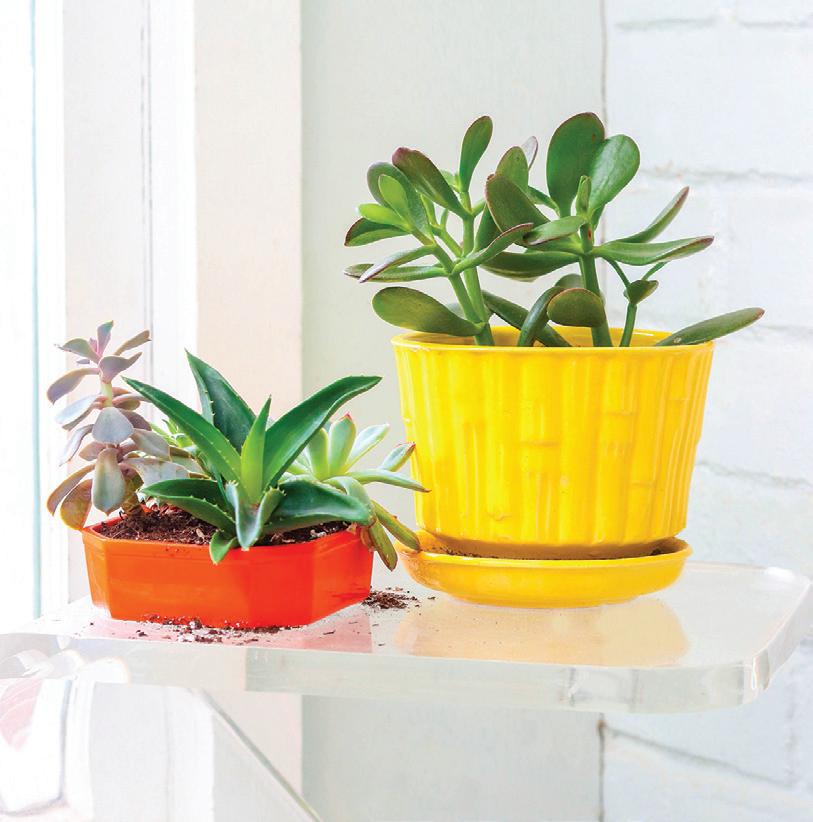
2 minute read
How to help houseplants survive a long winter
As fall gradually gives way to winter, gardeners expend ample energy preparing their flowers and plants for the months ahead. Plants may be pruned to increase the likelihood that they will return in full bloom come the spring, while lawns may be aerated so cool-season grasses can get the nutrients, water and oxygen they need when the temperatures dip. But what about houseplants? Do indoor houseplants need the same type of pre-winter TLC that outdoor plants need before winter arrives?
As the seasons change, so, too, do the conditions outside. And those conditions affect indoor houseplants much like they do lawns, gardens and trees. So it’s vital that people with houseplants do not overlook the need to keep houseplants going strong as fall gives way to winter.
Location Hours of daylight shorten in winter, which means some houseplants won’t get as much sun as they were accustomed to over the last several months. That means plants may need to be relocated closer to windows where they can make the most of each day’s sunlight. However, it’s important that there’s ample distance between the plant and the window, especially when winter temperatures get especially cold. If the plants are too close to a window on cold days, they could freeze. Keep them close enough to the windows to get ample sunlight but far enough away so they don’t get too cold. In addition, keep plants 10

away from drafty windows as well as heating vents, as extreme temperatures are not conducive to healthy
houseplants.
Watering Watering needs also may change when the temperatures drop. The indoor plant experts at Pistils Nursery in Oregon note that all houseplants need less water in winter. In fact, overwatering in winter can be especially harmful to indoor plants. Plant owners can try decreasing the frequency of their watering by half each winter and see how the plants respond.
Cleaning Cleaning plants is another way to help them survive a long winter. Dust settles in many homes in winter, when windows tend to remain closed for months on end and fresh air isn’t circulating around the house as much as it is in spring and summer. Pistil’s Nursery notes that dust inhibits a plant’s ability to photosynthesize, thus compromising its ability to make it through a winter unscathed. Better Homes & Gardens recommends using a soft-bristle paintbrush, a toothbrush or pipe cleaner to remove dust from African violets and other fuzzy-leafed plants. Gently washing plants with a paper towel or cloth that’s been moistened with water can remove the dust. Oils and polishes should not be used to make leaves shine, as these substances can block pores on the plant.
Houseplants may need some extra attention in winter as hours of daylight dwindle and indoor conditions make it hard for plants to survive.
Your Next Home • November 2021









